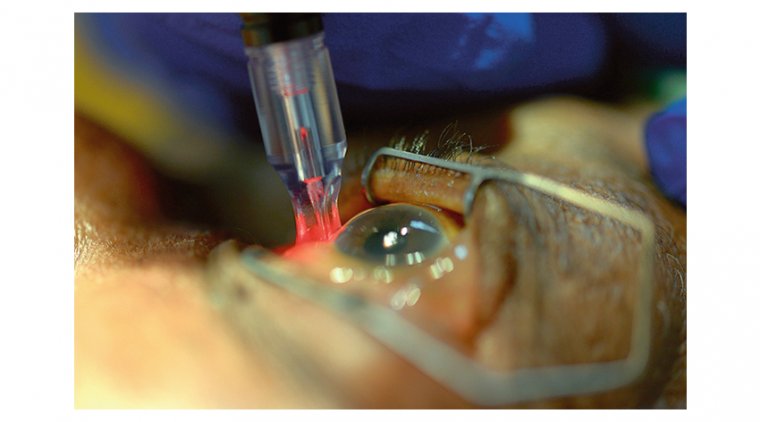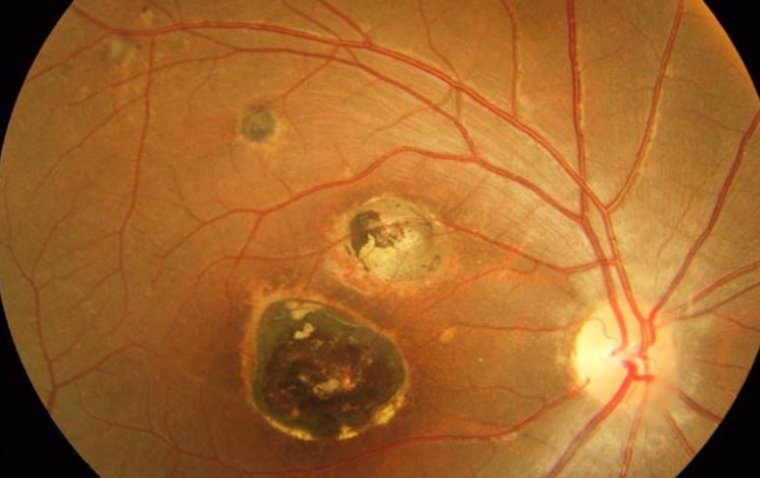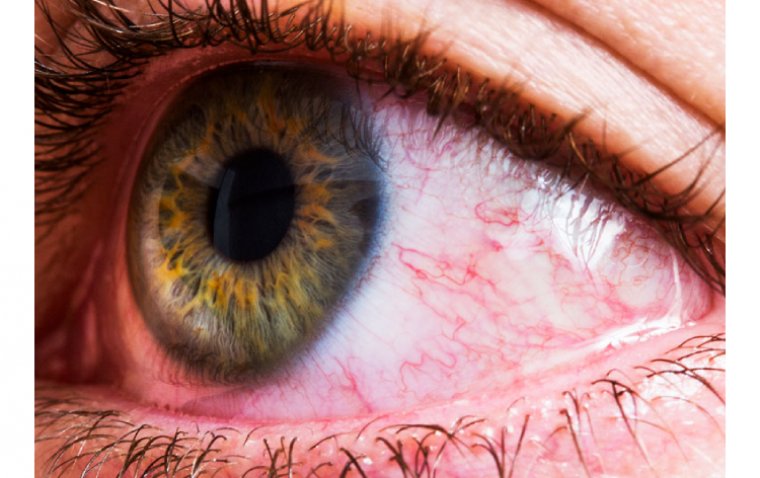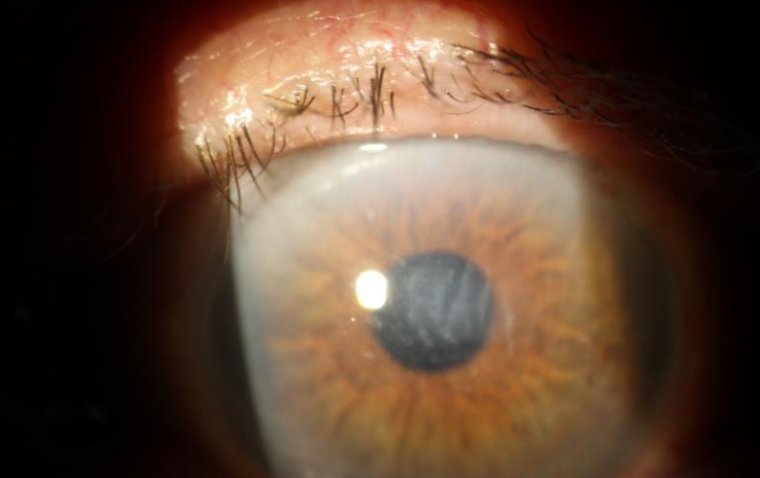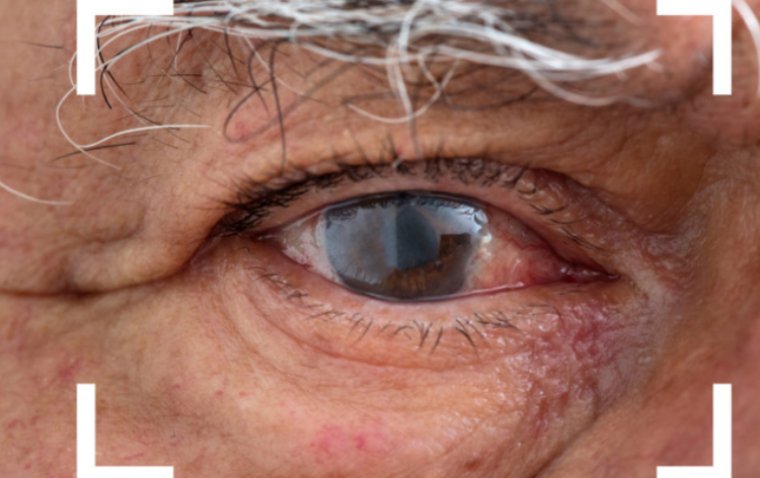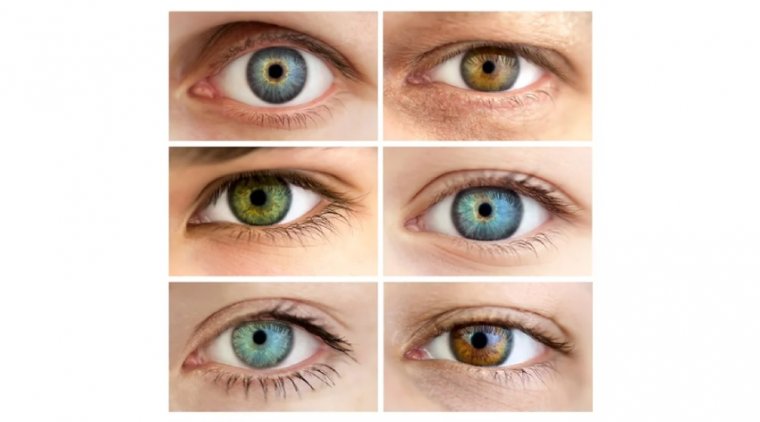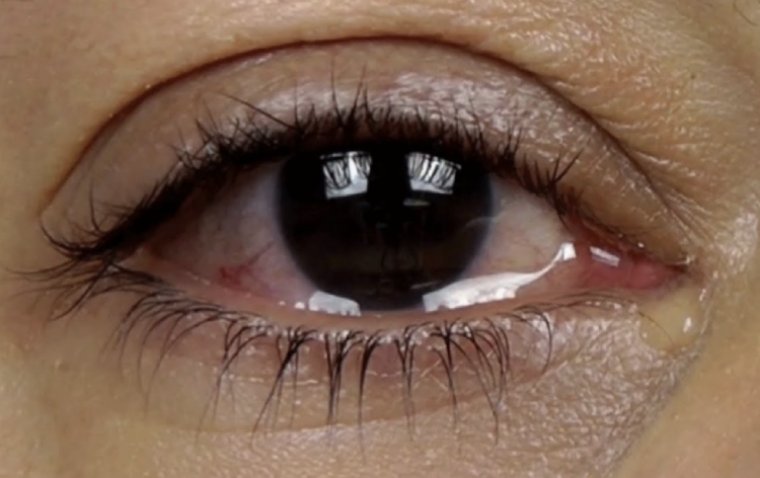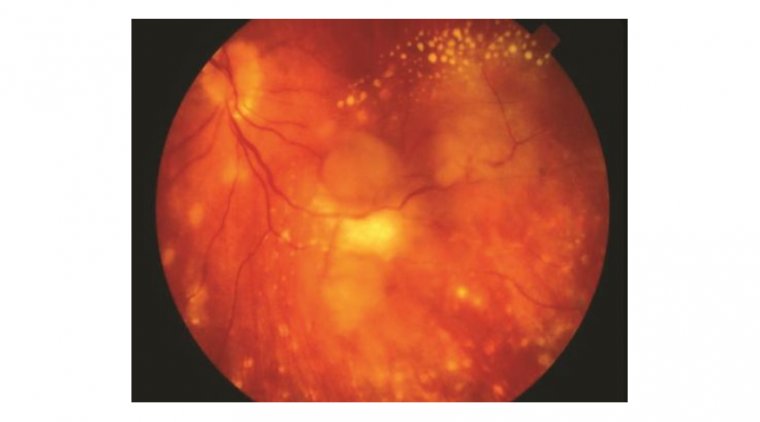
Panuveitis: A Rare but Serious Eye Inflammation
What is Panuveitis?
Panuveitis is a type of uveitis that affects the entire uveal tract, which includes the iris, ciliary body, and choroid of the eye. It is an inflammatory condition that can cause a variety of symptoms, including blurred vision, eye pain, and redness. In severe cases, panuveitis can lead to vision loss or blindness.
What Causes Panuveitis?
Panuveitis can be caused by a variety of factors, including infections, autoimmune disorders, and other underlying health conditions. Certain infections, such as toxoplasmosis and cytomegalovirus, can cause panuveitis. Autoimmune disorders, such as rheumatoid arthritis or lupus, can also lead to the development of the condition. In some cases, the cause of panuveitis is unknown.
Signs and Symptoms of Panuveitis
The symptoms of panuveitis can vary depending on the severity of the condition. Common signs of panuveitis include eye pain, redness, and sensitivity to light. Blurred vision, floaters, and decreased visual acuity may also be present. In severe cases, patients may experience complete vision loss or blindness.
Treatment Options for Panuveitis
Treatment for panuveitis depends on the underlying cause of the condition and can involve a variety of approaches.
● Medications: Anti-inflammatory medications are typically the first line of treatment for panuveitis. This may include corticosteroids, immunosuppressive drugs, or biologic agents. Corticosteroids are effective at reducing inflammation but may have side effects, such as elevated eye pressure, cataracts, or glaucoma. Immunosuppressive drugs, such as methotrexate or azathioprine, may be prescribed to reduce inflammation and prevent further damage to the eye. Biologic agents, such as anti-tumor necrosis factor (TNF) medications, can be effective in treating inflammation caused by autoimmune disorders.
● Eye Drops and Injections: Eye drops and injections can be used to deliver medications directly to the eye and reduce inflammation and pain. Eye drops may include corticosteroids, nonsteroidal anti-inflammatory drugs (NSAIDs), or immunomodulatory agents. Injections may include corticosteroids or immunomodulatory agents and can provide longer-lasting relief than eye drops.
● Surgery: In some cases, surgery may be necessary to repair damage to the eye or remove scar tissue. This may involve a vitrectomy, which removes the vitreous gel from the eye, or a retinal detachment repair, which reattaches the retina to the eye.
● Lifestyle Changes: Making lifestyle changes can also help manage the symptoms of panuveitis. This may include quitting smoking, reducing stress, getting regular exercise, and eating a healthy diet. These changes can help reduce inflammation and improve overall health.
● Alternative Treatments: Some people may choose to explore alternative treatments, such as acupuncture or herbal remedies. While there is limited scientific evidence to support these approaches, they may be used in conjunction with traditional treatments.
It is important to seek prompt medical attention if you are experiencing symptoms of panuveitis, as early treatment can help prevent complications and preserve vision. Your doctor can work with you to determine the best treatment plan based on the underlying cause of your condition and your overall health.
(1).jpg)


